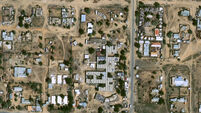Incas used knots for numbers, say researchers
Experts have found that collections of knotted strings, or “khipu”, were used by the Incas for number-based record keeping.
The strange stringy ledgers are thought to have kept track of workers and the jobs they were required to do for the government.














